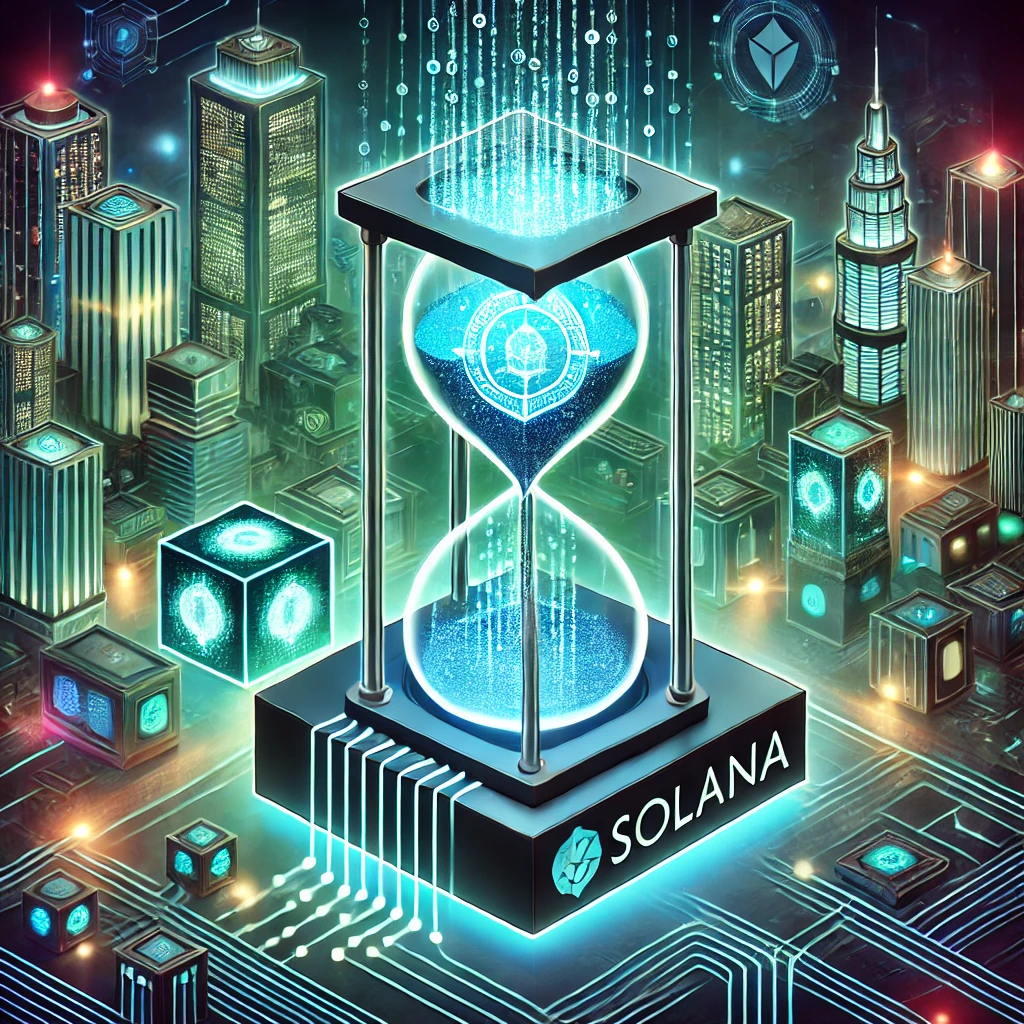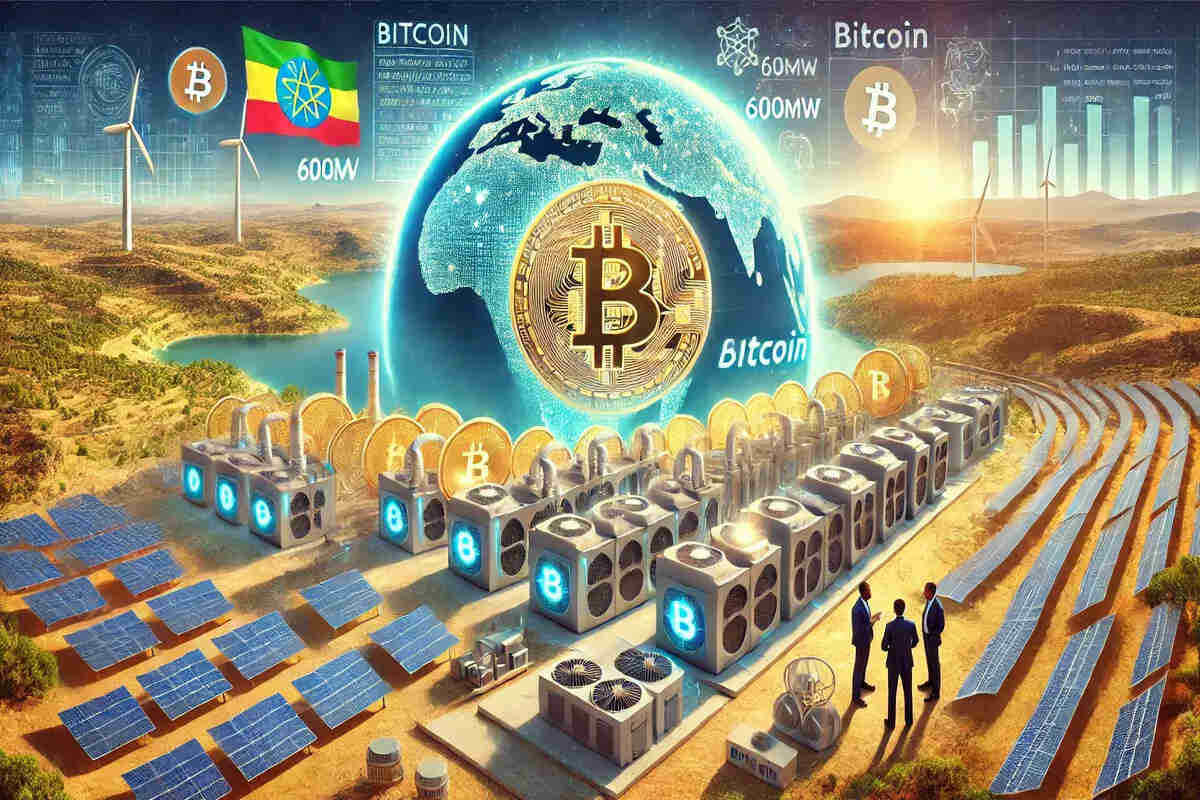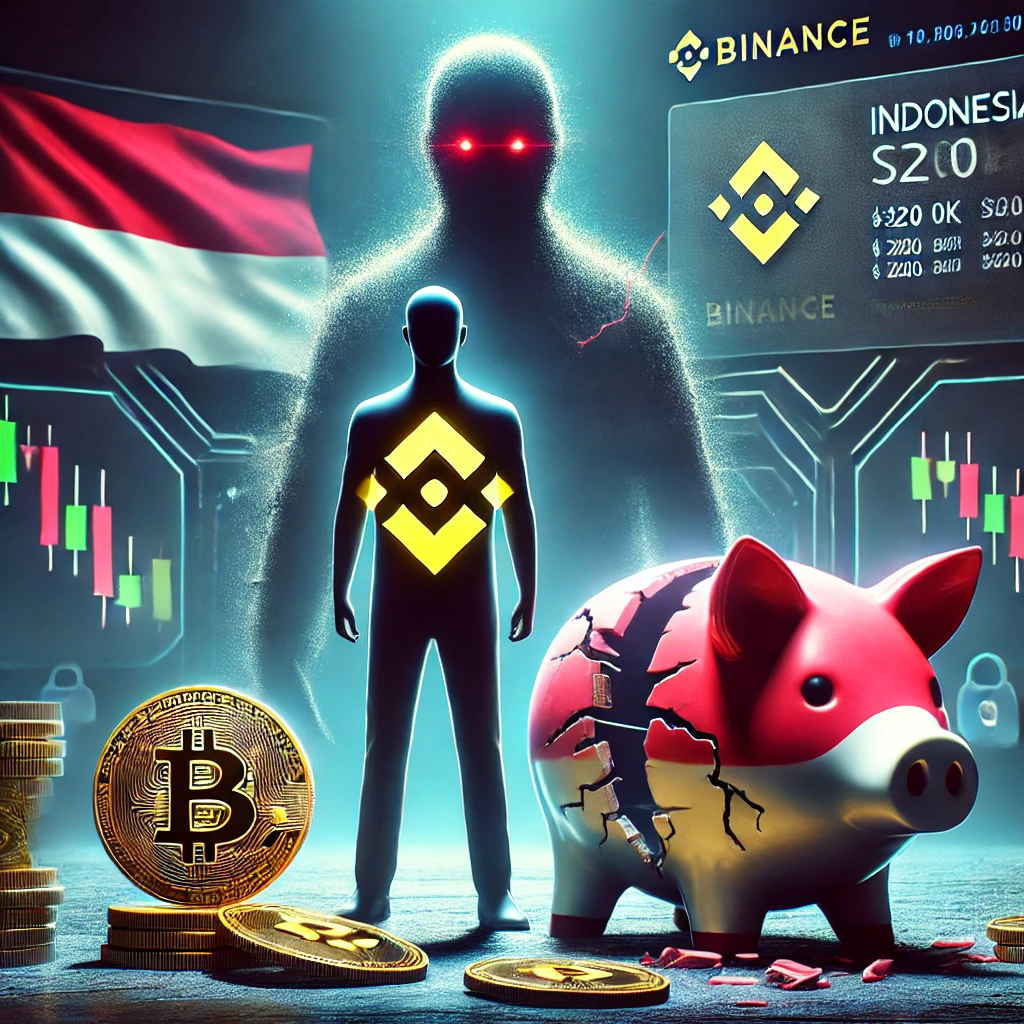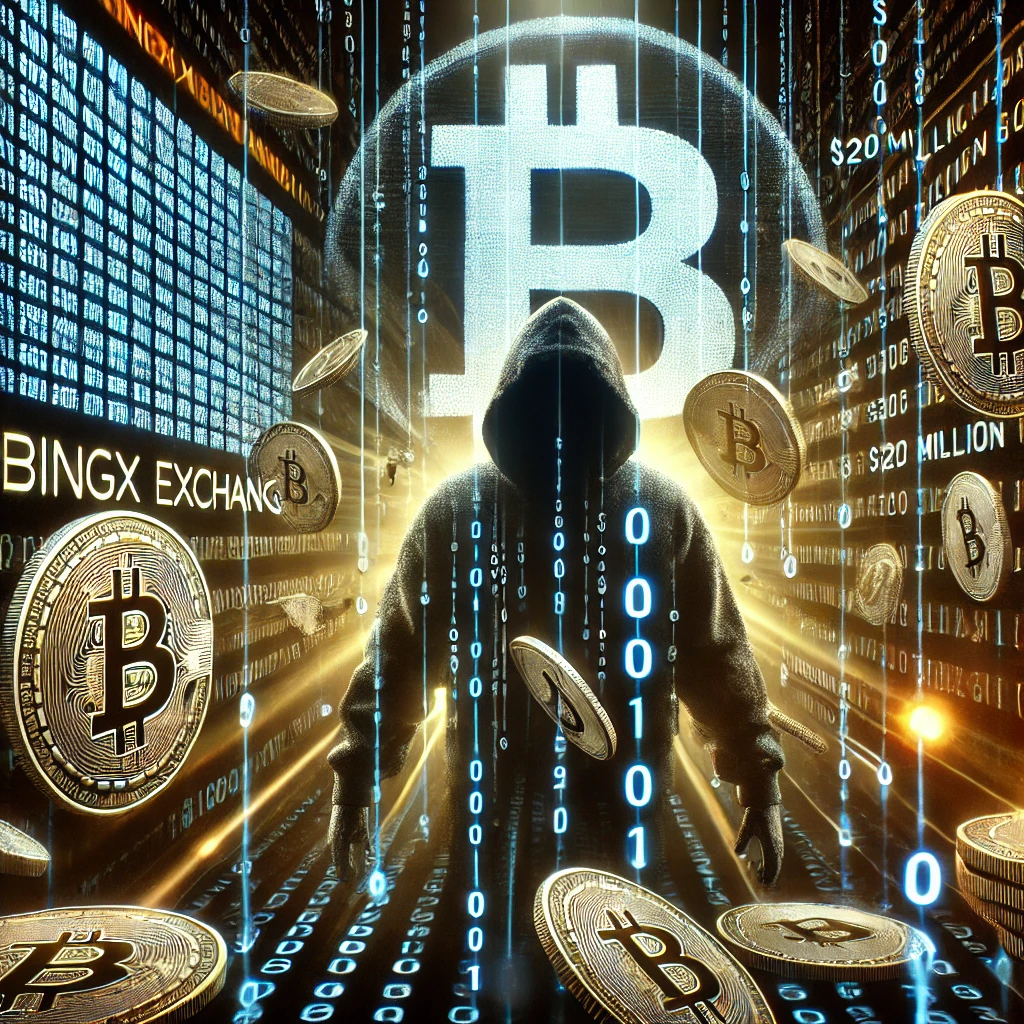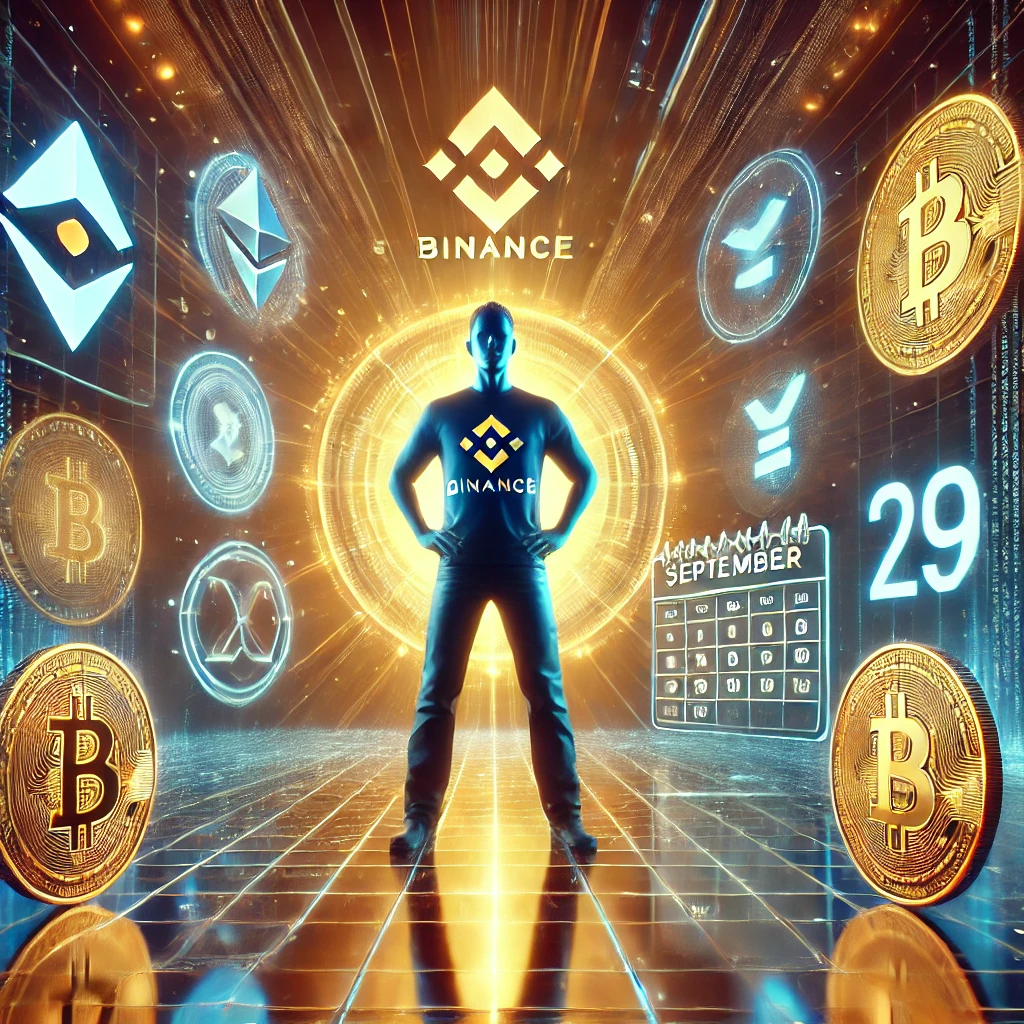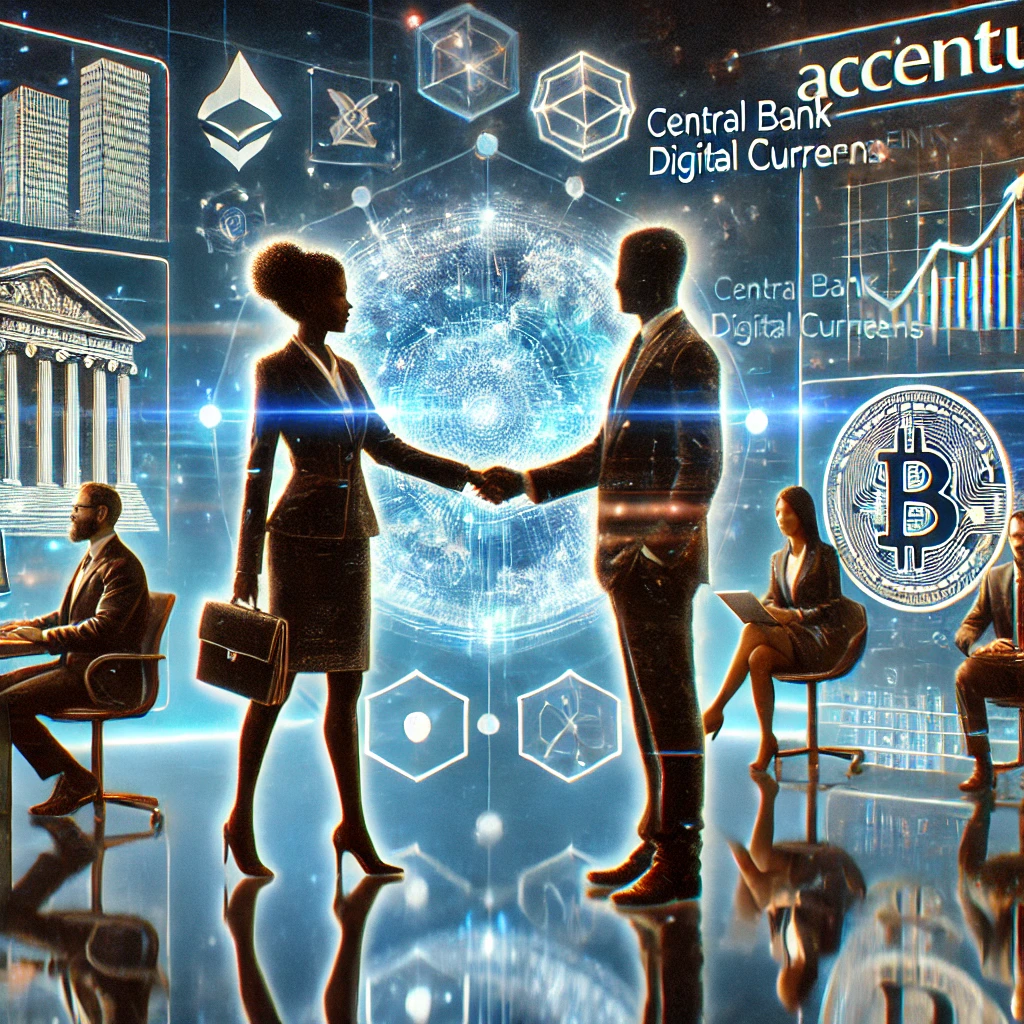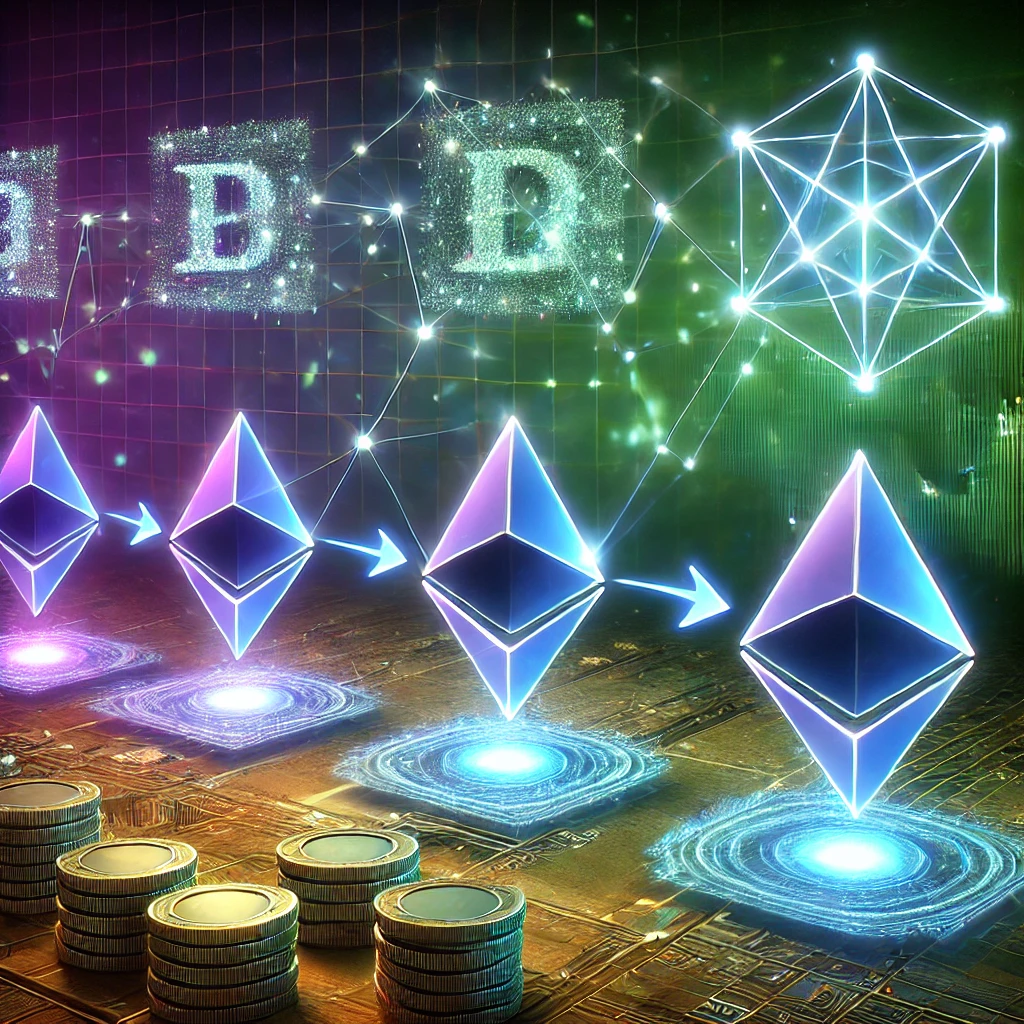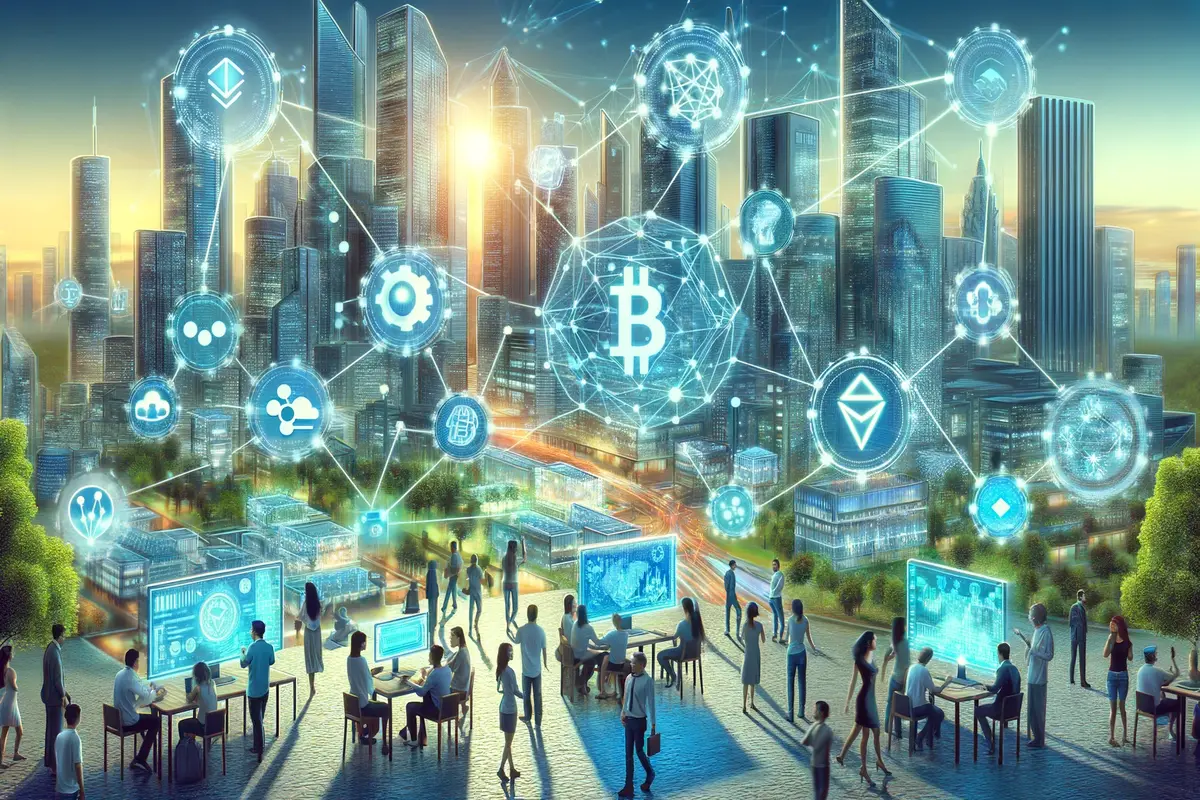
Estimated reading time: 9 minutes
Web3, the next evolution of the internet, is poised to change the digital landscape. It embodies decentralization, blockchain technology, and token-based systems, promising increased user control over data and information.
Table of contents
What is Web3?
Web3, also called Web 3.0, represents a significant evolution in the digital domain. It ushers in the next era of the World Wide Web, emphasizing decentralization, blockchain technologies, and token-based economies.
Unlike its predecessors, Web 3.0 seeks to empower users by granting them enhanced control over their data and online interactions. It envisions an internet where intermediaries are obsolete, and individuals reclaim ownership and governance of their digital footprints.
Core Concept of Web3
Decentralization, transparency, and collaborative community efforts form the foundation of Web 3.0. It leverages blockchain technology to facilitate decentralized applications (dApps) and smart contracts, eliminating the need for centralized mediators.
These dApps operate on a peer-to-peer network, ensuring trust and security independent of traditional entities. Adopting open-source values fosters innovation, promoting a shared sense of community ownership and contribution.
The Next Evolution of the Internet
Web 3.0 signifies a new phase in the progression of the internet. It introduces decentralized networks and smart contracts, posing new challenges for IT professionals and users in navigating and mastering its complexities.
Web3 is different from how the internet works now. It focuses more on users’ needs, ensuring things are safe and trustworthy. This changes how we use websites and online services. The goal is to give users more usefulness and power, moving away from how things used to be controlled by a central authority.
The vision of a Decentralized and Open Web
Web3’s goal is to create a decentralized and open web ecosystem. Here, users control their data, eliminating the need for mediators in digital interactions.
This new direction aims for a future where privacy and security in data are basic rights. People can deal with, communicate, and create without central control.
Web3 promotes a clear, trustworthy, and cooperative online world. This sets the stage for a more welcoming web that focuses on the user.
Understanding the Key Elements of Web3
Web3 is built on blockchain tech. Blockchain is like a secure and transparent record-keeping system spread across many computers. It makes Web 3.0 work by allowing people to exchange data directly without using mediators. Blockchain sets up the foundation for the system, making it possible for people to trust each other and changing how we think about owning digital stuff.
Web3: More Than Technology
Although technology plays a crucial role in Web 3.0, the movement is equally defined by its underlying values and principles. Web3 champions concepts such as decentralization, empowerment of users, and ownership of data.
The vision includes a digital world where people control online identities, boosting trust and independence. The focus on sharing resources and being open sparks creativity within the Web3 community. It highlights the value of everyone’s contributions and joint ownership.
The Role of Decentralized Finance (DeFi) in Web3
Decentralized Finance, or DeFi, is key to Web3’s growth. DeFi uses blockchain to offer financial services and apps without the traditional mediators.
Users can lend, borrow, and trade in a decentralized way. This aligns with Web3’s goals of decentralization, independence, and putting users first. It changes the way financial deals are made in this new space.
The dream is a digital world where people control their online presence, building trust and self-rule. Working together openly and transparently fuels creativity in the Web3 community. It stresses the importance of everyone’s input and owning things together.
Also read: What You Should Know About DeFi
How Web3 is Different from Web2
Web3 and Web2 are two distinct phases in the evolution of the internet, each characterized by unique features and paradigms. Understanding the differences between these two epochs is crucial to appreciating the transformative potential of Web 3.0
Web2: The Centralized Web
The era of Web2, often referred to as the internet’s second generation, is marked by its centralized characteristics. This period saw the rise of major tech corporations like Facebook, Google, and Amazon, which became dominant forces in the digital domain.
These entities held extensive control over user data and acted as intermediaries in many online transactions. The centralized nature of Web2 handed these companies significant authority over user information and the overall digital experience.
Web3: The Era of Decentralization
Web3 stands out from Web2 by moving towards a decentralized internet. It uses blockchain and decentralized computing to create a more open and fair online world. This new approach puts people in charge of their data and identities online.
Instead of storing data on one central server, Web3 spreads it across a global network. This makes the internet safer and more reliable. With blockchain, people can make transactions directly, increasing openness and trust online.
Web3 changes the game by ensuring users have more control. It’s a big step away from the centralized model of the past, focusing on user freedom and security.
Examples of Web2 and Web3 Applications
The landscape of Web2 applications is dominated by social media platforms, search engines, and e-commerce sites, all under the control of centralized corporations. Facebook, Google, and Amazon are leading examples of Web2 entities that accumulate and manage user data.
Conversely, Web3 applications aim to decentralize control and empower users. Prominent examples of Web3 innovations include Decentralized Finance (DeFi) platforms, Non-Fungible Tokens (NFTs), and blockchain-based social networks. DeFi services such as Uniswap and Compound enable direct lending, borrowing, and trading of assets. NFT marketplaces like OpenSea offer artists and creators a platform to monetize their digital assets directly.
Use Cases and Applications of Web3
The decentralized web, or Web3, is revolutionizing various sectors with its cutting-edge applications and potential for transformation.
Real-World Applications of Web3
NFTs (Non-Fungible Tokens): NFTs represent ownership of digital or physical items, empowering artists, musicians, and creators to tokenize their works and sell directly to collectors, bypassing traditional intermediaries like galleries or record labels. This innovation offers creators greater autonomy and direct earnings.
DeFi (Decentralized Finance): The advent of Web 3.0 has spurred the development of DeFi platforms, delivering financial services outside traditional banking. Through smart contracts, users borrow, trade, and earn cryptocurrency interest. DeFi challenges the conventional banking system by offering financial services to those without bank accounts and diminishing the role of traditional mediators.
Metaverse and Virtual Real Estate: The concept of a virtual shared space emerges from Web3 technologies. Ventures like Decentraland and The Sandbox permit individuals to purchase and trade virtual land and assets, spawning new economic landscapes and opportunities in virtual events, businesses, and entertainment venues.
Also read: What You Should Know About NFTs
Impact of Web3 on Various Industries
Finance
The influence of Web3 extends significantly within the finance sector, going beyond decentralized finance (DeFi). Central banks are actively exploring the issuance of digital currencies (CBDCs) through blockchain technology.
This innovation can transform monetary systems, making transactions faster and more transparent. Moreover, Web 3.0 facilitates the concept of programmable money, which allows for the automatic execution of financial contracts, thus reducing fraud and enhancing operational efficiency.
Gaming
In gaming, Web3 introduces the concept of true ownership of in-game assets through non-fungible tokens (NFTs). This enables players to trade assets across different games and ecosystems, creating a unique value and rarity. Blockchain technology guarantees transparency regarding item rarity and provenance, effectively minimizing cheating and fraudulent activities within the gaming industry.
Content Creation
For content creators, Web 3.0 offers a more equitable model for monetization. Direct payments from fans or token holders eliminate the need for intermediaries. This empowers independent artists, journalists, and bloggers to generate income from their work without reliance on advertising revenues.
Challenges and Concerns in Web3 Adoption
Scalability
One of the primary challenges facing blockchain networks, which are fundamental to Web3, is scalability. As the number of users and applications grows, these networks often struggle with processing transactions efficiently, leading to network congestion, slower transaction times, and increased fees. Addressing this scalability issue is crucial for the widespread adoption of Web 3.0 technologies.
Interoperability
The success of Web3 is also hindered by the lack of interoperability among various blockchain networks. With each network operating on its unique protocols and standards, seamless data and asset transfers are impeded. Establishing common standards and protocols is essential for fostering interoperability within the Web3 ecosystem.
Regulatory Uncertainty
The regulatory landscape for cryptocurrencies, NFTs, and other Web3 assets remains uncertain, which can stifle innovation and deter investment. Establishing clear, balanced regulatory frameworks is vital for creating a stable environment conducive to the growth of Web3 technologies.
Security Concerns
The automated nature of smart contracts, a cornerstone of Web3 transactions, introduces vulnerabilities to exploits and hacking. Significant financial losses have been incurred due to security breaches. Implementing robust security measures, such as code audits and bug bounties, protects Web3 applications and assets.
Privacy
Despite enhancing trust through transparency, Web3 raises privacy concerns. The visibility of users’ data and transactions on blockchain networks can potentially expose sensitive information. Developing solutions that balance transparency with privacy is a significant challenge.
Energy Consumption
Certain Web3 technologies, especially those based on proof-of-work blockchains, are criticized for their high energy consumption. Identifying sustainable and environmentally friendly alternatives is an ongoing concern within the industry.
The Future Direction of Web3
Trends
The future of Web3 will likely bring better connections and working together between different blockchain networks. This will make it easier for users to move their data and assets smoothly. As new ways to handle lots of transactions (like Layer 2 technologies) get better, Web3 will solve problems and make transactions faster and cheaper.
The decentralized finance sector will continue to evolve, broadening the range of financial services available and becoming more accessible to a wider audience. Similarly, developers and industries will likely extend the application of non-fungible tokens (NFTs) beyond digital art, impacting various sectors such as gaming, real estate, and intellectual property rights management.
Research and Innovation
Web3 is at the forefront of research and innovation. Universities, companies, and individuals are exploring its potential. The focus is on making blockchain technology more secure, scalable, and energy-efficient.
New protocols are being developed to enhance the functionality and security of Web3 applications. Efforts are also being made in areas like decentralized identity and making different blockchain systems work together more smoothly. Legal experts and government officials are working on laws and regulations to support Web3 innovation while protecting users.
Web3 differs greatly from Web2 by embracing decentralization. It uses blockchain and decentralized computing to create a more open, transparent, and user-controlled internet. Web3 gives users control over their data and digital identities.
A network of nodes worldwide stores data in Web3, spreading it out rather than storing it in one place. This design enhances the security and stability of the internet.
Blockchain allows transactions without mediators, leading to a more transparent and trustworthy online space.
Web3 shifts away from the centralized approach of the past, focusing on giving users more control and security.
Related: How to Buy And Sell NFTs
Frequently Asked Questions about Web3
Web3, short for Web 3.0, is the next generation of the internet. Decentralization, blockchain technology, and enhanced user control over data and assets characterize it.
Web3 addresses several critical issues in the current internet landscape, such as data privacy concerns, centralization of power, and security vulnerabilities.
The ultimate goal of Web 3.0 is to achieve full decentralization by removing central authorities and intermediaries that control data and transactions.
Yes, Web3 offers legitimate and exciting career opportunities. It involves working on cutting-edge technology, including blockchain, smart contracts, and decentralized applications.
Discover more from The African Crypto
Subscribe to get the latest posts sent to your email.


